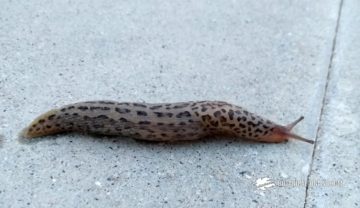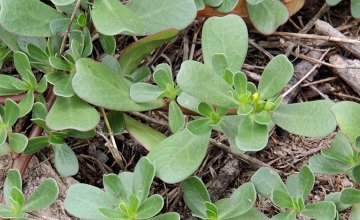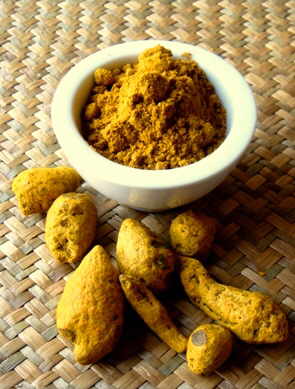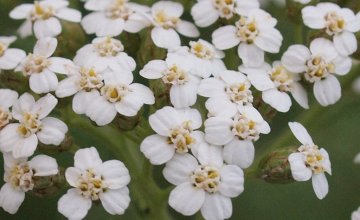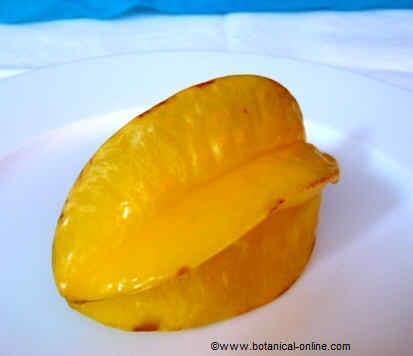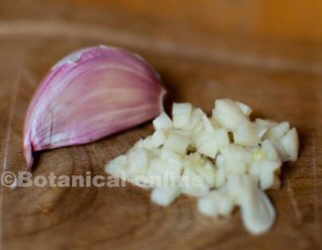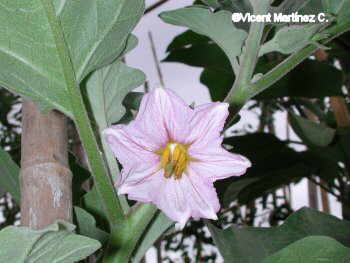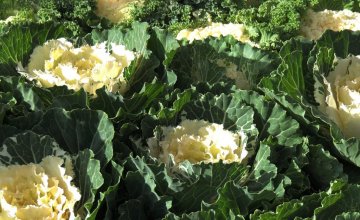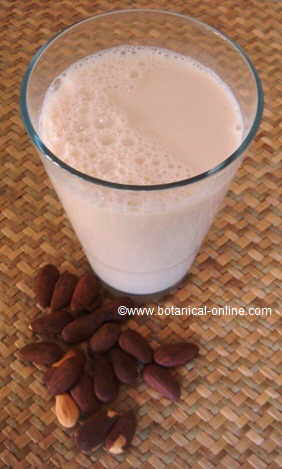Contents
Lentils: Pests and diseases.
Lentils are quite resistant to diseases compared to other legumes. The main diseases and pests that affect them are:
Main lentils diseases:
- Anthracnose: It manifests itself as gray spots on leaves and stems. It is a disease caused by the fungus Ascochyta pisi mainly affecting peas but it can also affect other legumes. The infection starts at the lower parts of the stem but it rises to the top of the plant producing leaves falling or spots on pods. It is a fungus that takes advantage of excess of humidity and hot weather. Its treatment requires the application of fungicides.
- Ascochyta: It is produced by the fungus Ascochyta fabae that appears in the stubble or infected seeds and it is activated by the rainy weather and warm summer. It produces white or purple spots on leaves, that become black as the disease progresses. This fungus weakens the plant which leads flowers to fall or seeds to blacken. To avoid it, you should use trusted seeds. Try to plant when conditions are suitable. You can also use a right foliar fungicide. Among the current techniques recommend we can apply crop rotation every four years as the best system to eliminate the disease without using fungicides.
- Gray Mold: A disease caused by the fungus Botrytis cinerea that can affect any part of the plant producing lesions initially dark green on pods and leaves that become gray. The leaves or flowers may fall. The stems are covered with a gray patina which produces the death of the plant. Infected seeds are wrinkled and generally do not germinate. In case they do, they will produce plants with little force, yellowish, that will die within a few days. The spores of the fungus, spread by wind, can infect neighboring fields.
- It very difficult to eradicate this disease because the spore are always in the soil in a greater or lesser extent and can develop when the required moisture and heat are provided. This disease affects plants such as peas, lentils, sunflowers, beans, etc.. The best way to control it is to plant unfinfected seeds and to grow higher varieties so they can be less in contact with moist soil. Specific fungicides may also be used.
- Rust: A disease caused by the fungus Uromyces fabae. It mainly produces brown spots on the leaves, resulting in leaves or flowers falling or fruit loss. It is a disease that takes advantage of the high humidity. The best way to avoid it is using higher bearing varieties, plant at a greater distance for ventilation or apply rotations with other plants for periods of three years.
- Mycoses: A disease caused by the fungus Fusarium oxysporum. It is the most common disease affecting lentils in Asia. It is a type of fungus that penetrates the roots and subsequently affect the whole plant. Plants lose color, wither and die.
- Mycobacterium insidiosum: It is is a bacterium that attacks these plants.
Main lentils pests:

Pea Aphids (Acyrthosiphum pisum) They are the major pest of many legumes including lentils. They can directly damage the plant by feeding on it. This makes the plants to lose strength and become damaged or this can be the means of infection of other diseases like mosaic virus. Insecticide spraying is required to treat the infection.
- Weevils: There are a number of beetles whose larvae feed on the seeds and thereby inflict holes and spoil them. Among the most prominent in temperate climates, we must point out lentil weevils (Bruchus lentis. Brujus rufimanus). In tropical and subtropical climates we can find the bean weevil (Callosobruchus chinensis), cowpea weevils a specific type of weevil from Africa that has been established in most tropical and subtropical countries, affecting Brazil and Mexico recently. (Callosobruchus maculatus) or pinto weevils (Zabrotes subfasciatus) constituting an established pest in South America. Such tropical weevils can not live in temperate countries since the larvae die from the cold in winter.
- Bugs: The bugs of the genus Lygus (Lygus spp.) are a common pest of lentils and other plants in the United States. They produce lesions as sunken pots in seeds. Visual inspection is required to see these insects under the leaves. In this case one must apply the appropriate insecticide.
Other pests that may affect them are:
- Snails and slugs
- Larvae of various moths: In tropical and subtropical regions, larvae of various moths (Cydia nigricana, Agriotis spp., or Heliothis armigera) and other insects like white ants (Clotermes sp.)
![]() More information on lentils
More information on lentils
This article was endorsed by Julián Masats - Technical agricultural engineer specialized in horticulture and gardening.

